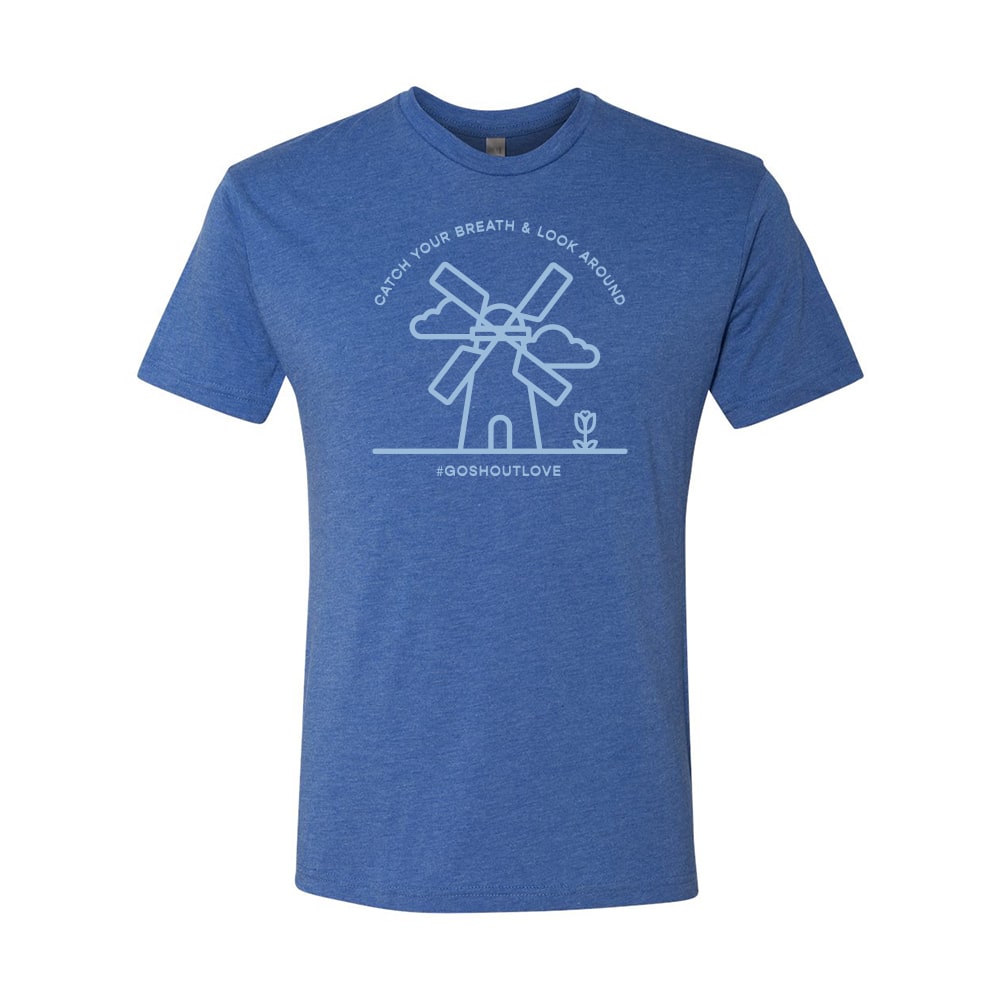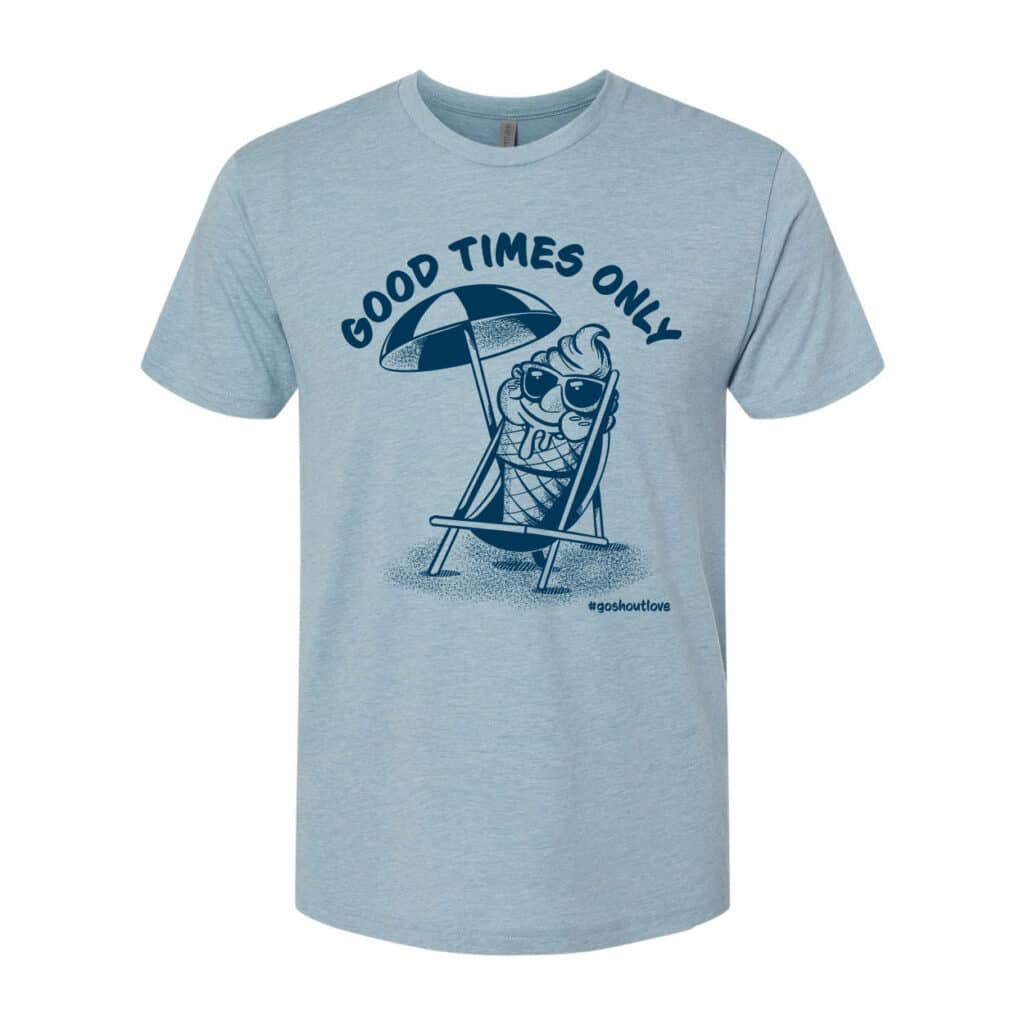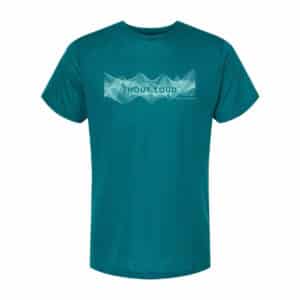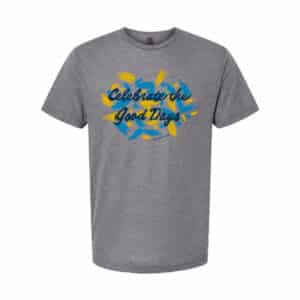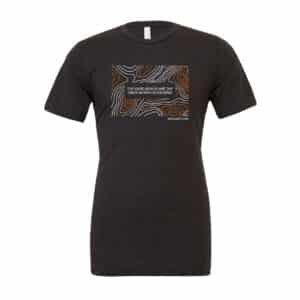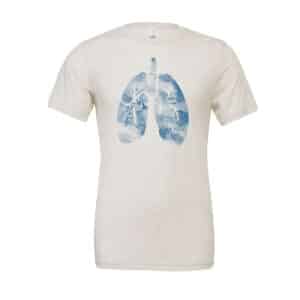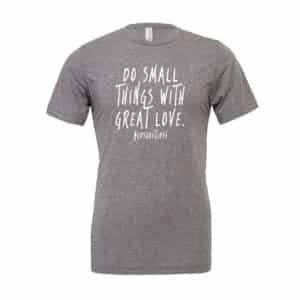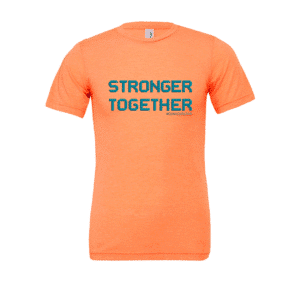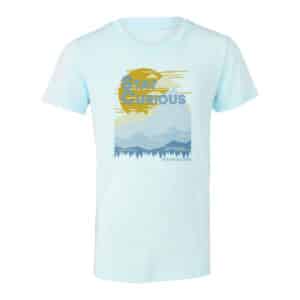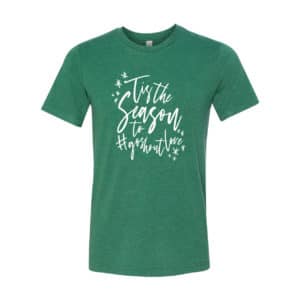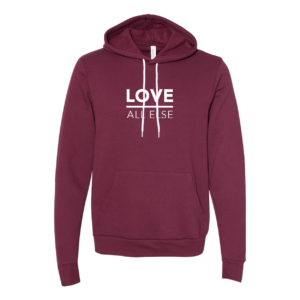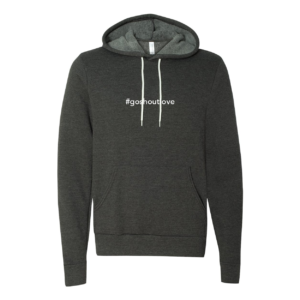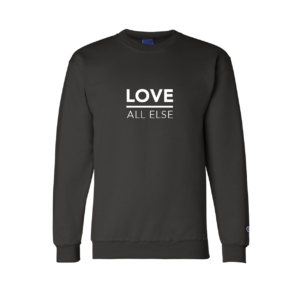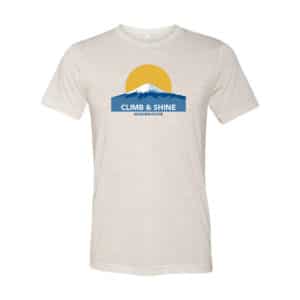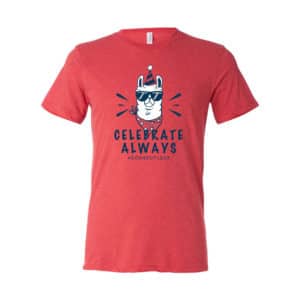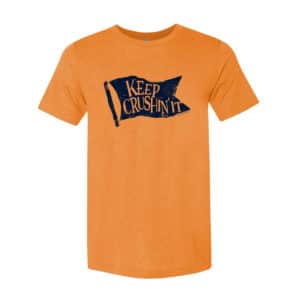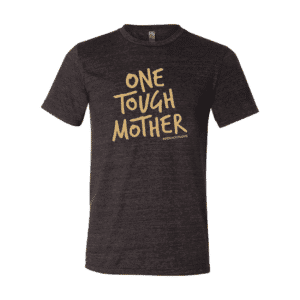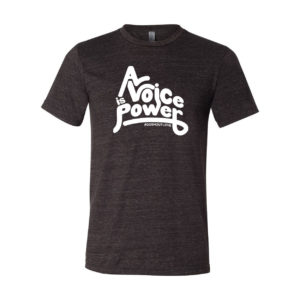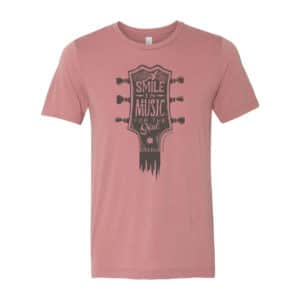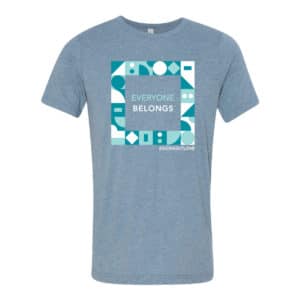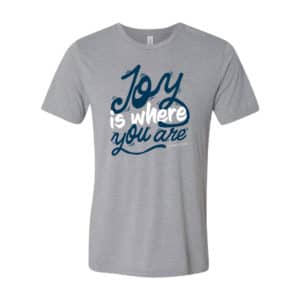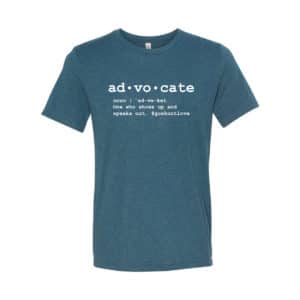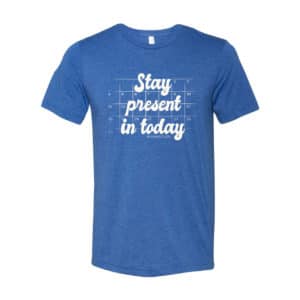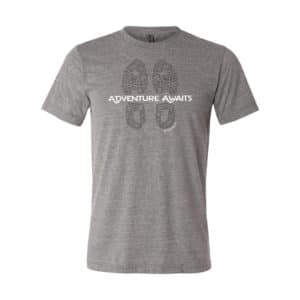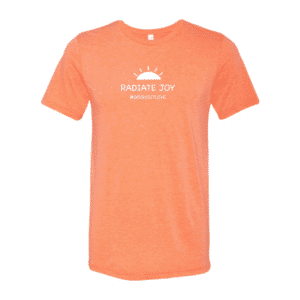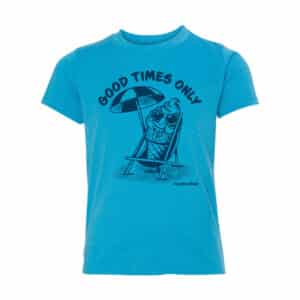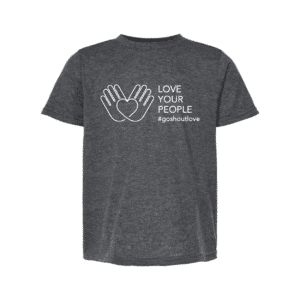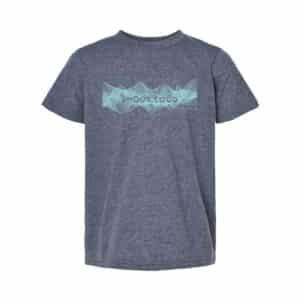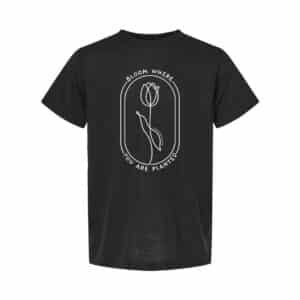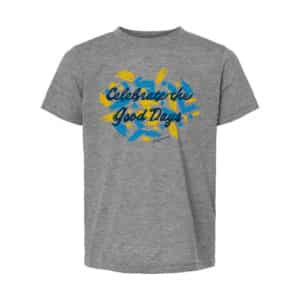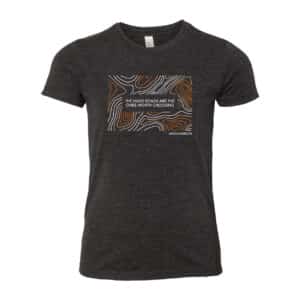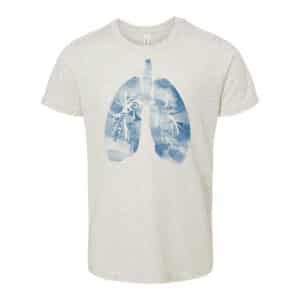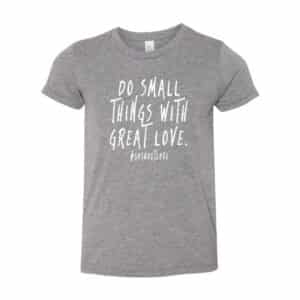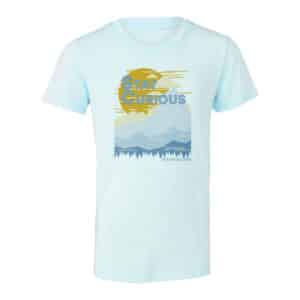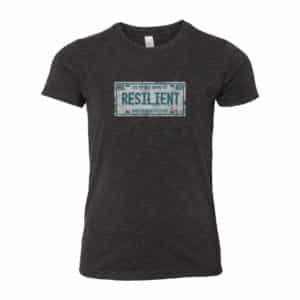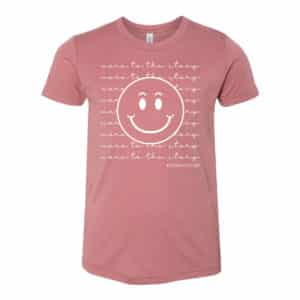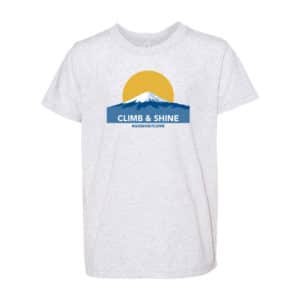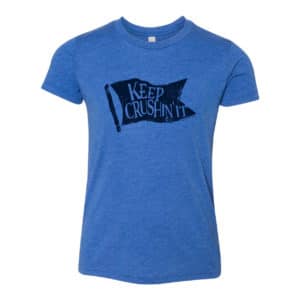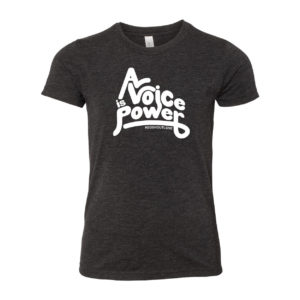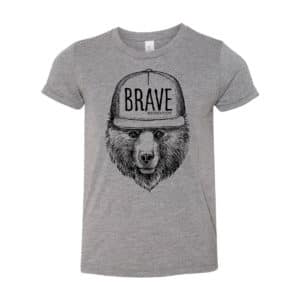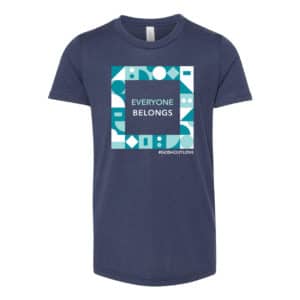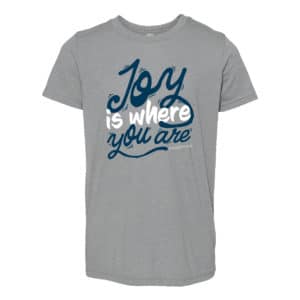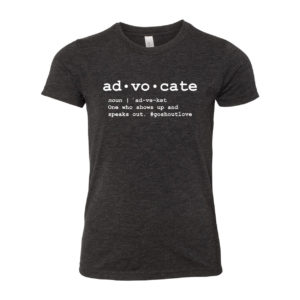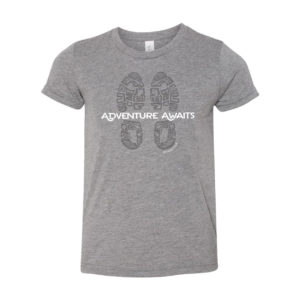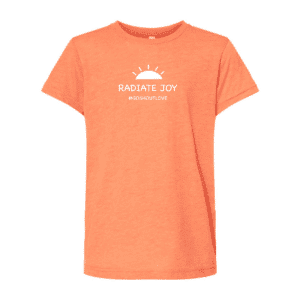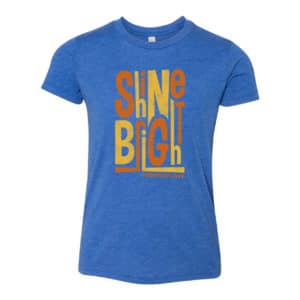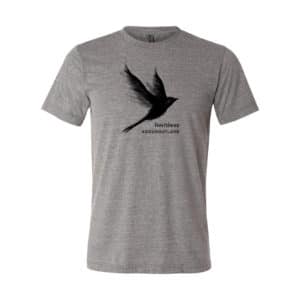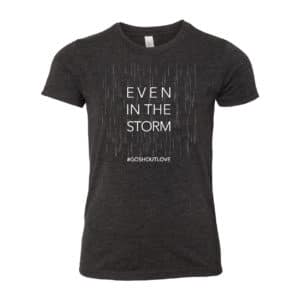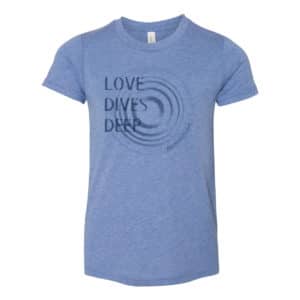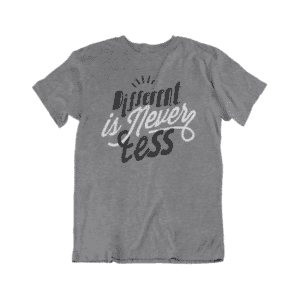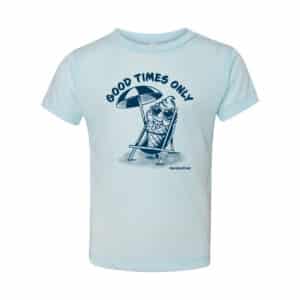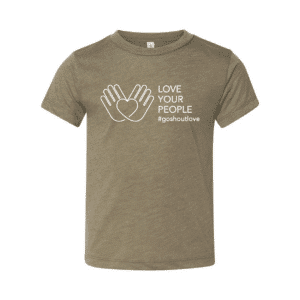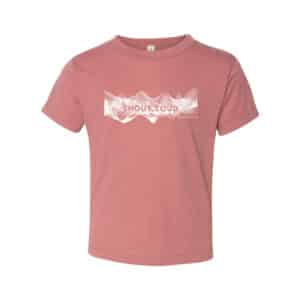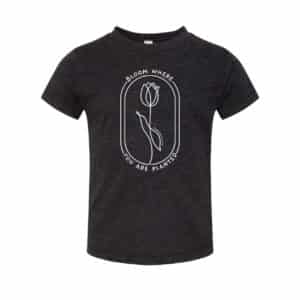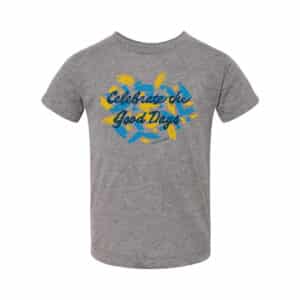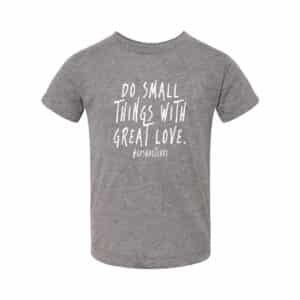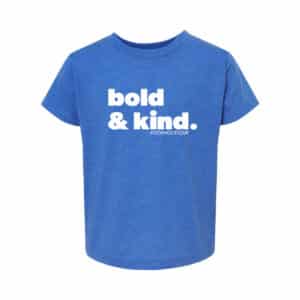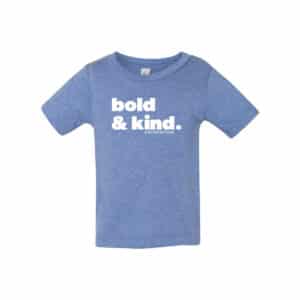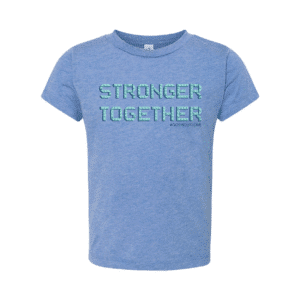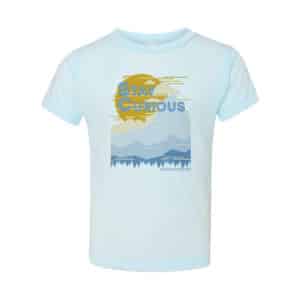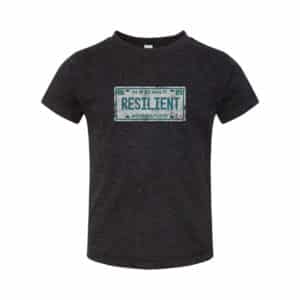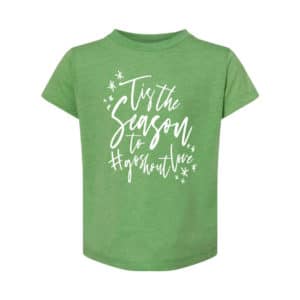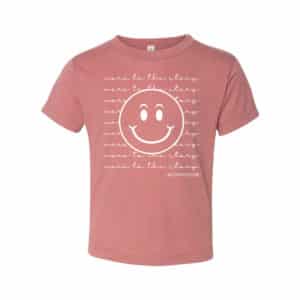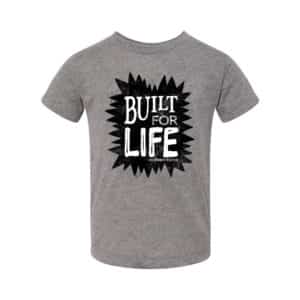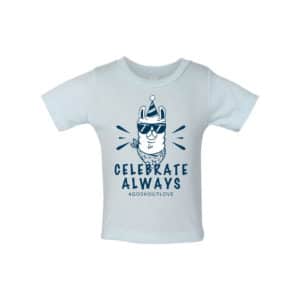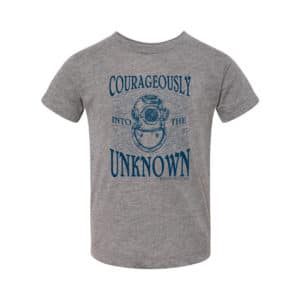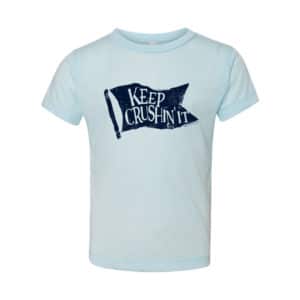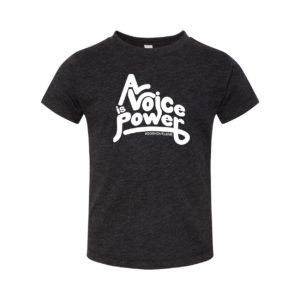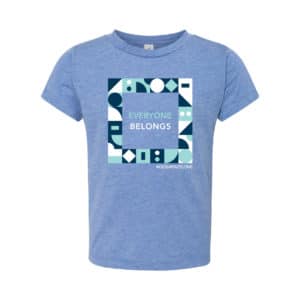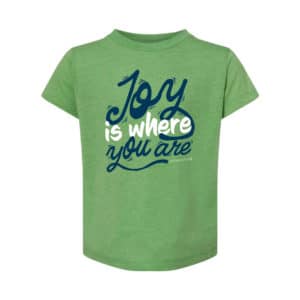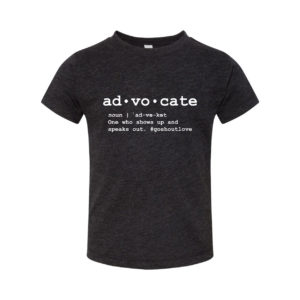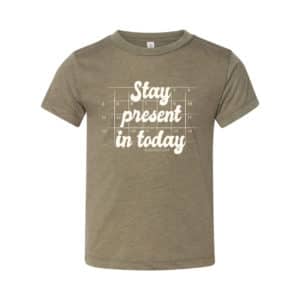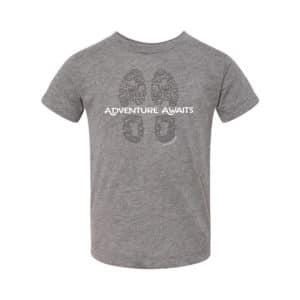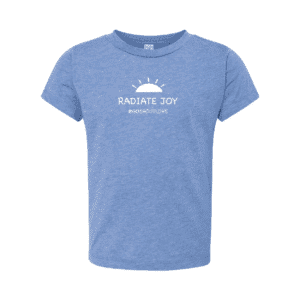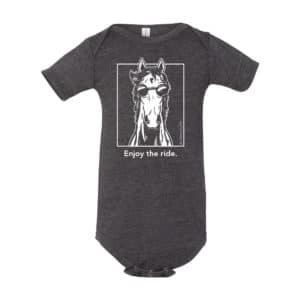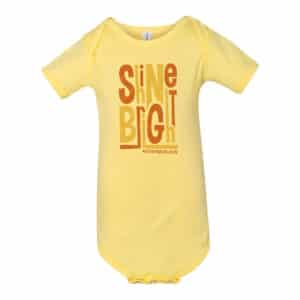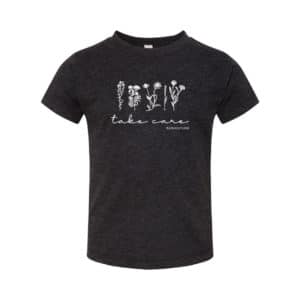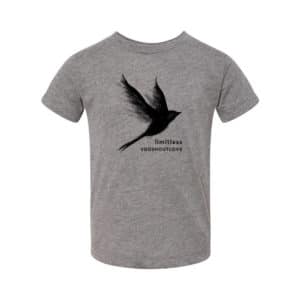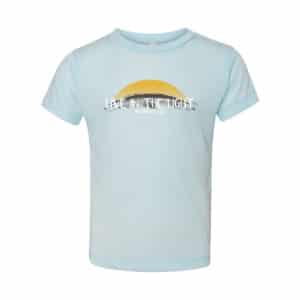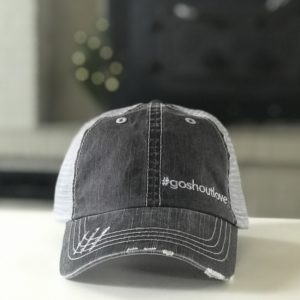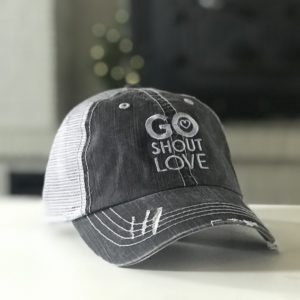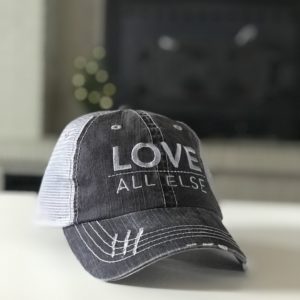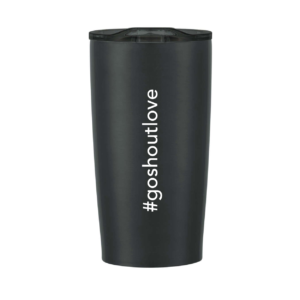Meet Madison
This month’s “Bold & Kind” design is inspired by Madison, a two year old from Reno, Nevada who has a big personality and a love of life, dancing, and animals.
We invite you to watch her video, read her story, and subscribe to our podcast to listen to a conversation with her parents.
In 2020, Adrianna and Tony Schiro were enthusiastically awaiting the birth of their first child, Madison. Everything was going as planned until around 28 weeks when Madison started measuring behind. Her leg and arm bones were measuring short while her head measured on the larger side.
Finally, the day came for Adrianna and Tony to settle in the hospital in anticipation for Madison’s arrival. Things took a turn, and after 38 hours of labor, Adrianna received an emergency c-section.
The family of three ended up staying in the hospital for another six days due to some concerns with Madison’s health. She was throwing up, losing weight and was battling jaundice. During this time, Madison was diagnosed with hip dysplasia. For the next twelve weeks, Madison received treatment for her hips and continued to get ultrasounds on her hips every four weeks. Even with treatment, Madison’s doctors grew concerned. Eventually, she was sent five hours away to the Children’s hospital at Stanford for more testing.
A full head-to-toe skeletal survey showed that along with having flatter bones, both of Madison’s elbows were dislocated, her shoulders weren’t ossifying and she had abnormalities in her pelvis, known as trident acetabulum, which is an indication of skeletal dysplasia.
“Madison was only five months old at the time and, already, a lot of things were going on. She wasn’t growing or measuring on the growth chart, her forehead started misshaping (frontal bossing), and she had scoliosis with a 45 degree curve in her spine. All of her joints were very loose and everything was clicking and popping out of place,” Adrianna shares.
Between a referral to the geneticist from both Madison’s pediatrician and the doctor at Stanford, the family was able to get in within two weeks.
“The geneticist shared that Madison has a rare form of dwarfism, but the doctor didn’t know what kind. It was the first time as a family that we were introduced to skeletal dysplasia. Not to mention, all of this was happening during Covid and there were so many regulations in the hospital that I had to take in this news all by myself,” Adrianna reflects.
A full genetic panel was ordered and the waiting game began. After four long weeks, Adrianna and Tony were finally able to jump on a Telehealth appointment to get clarity about their daughter’s health. The genetic results showed that Madison has a recessive gene referred to as B3GALT6 with two variants of unknown significance, basically meaning that they don’t know much about this particular gene. Adrianna and Tony’s tests showed that not only are they both carriers of Madison’s specific gene, but that there is a 25% chance every pregnancy would result in the same condition that Madison is living with.
Reflecting on that time, Adrianna shares, “The geneticist was pretty upfront and honest during the call and admitted that they personally have never seen this gene before. Not much was known about it worldwide. As of then, they said there were only 34 documented cases of this specific gene. There could be more now, but as of then, that’s all they could find within the medical journals they found online”
Adrianna and Tony were then advised, like many parents in this situation, to not go online and research it. “Tony and I both work in health care so of course we dove right in, even knowing better,” Adrianna chuckles, “but as expected, all we found were worst-case scenarios.”
The couple did learn that one of the most common things with this diagnosis is scoliosis, which fell right in line with Madison’s experience. Following the diagnosis day, the family started getting set up with their team of specialists including an orthopedic surgeon who specializes in scoliosis.
“Madison also got put on with a neurosurgery consultation to help determine if she had spinal cord compression, which is also common with her skeletal dysplasia,” Adrianna explains, ”Madison and I were in California the entire month of March. Thankfully my parents are only two hours away from the hospital so I could stay with them during all of this. We were doing everything from sleep studies, MRIs, x-rays, meeting new doctors and a lot of commuting.”
Once the family settled into their new normal, Adrianna started using social media to research groups about skeletal dysplasia.
“I started posting about Madison in these groups and was able to connect with four families that have the same gene as Madi. I also noticed that everyone on this facebook page kept recommending the children’s hospital in Delaware,” Adrianna shares, “I mentioned the hospital to our genetic team at the time, but they didn’t seem like it was important for us to go there. That didn’t sit well with me. I want my daughter to have the best care and if they know better, the financials that come with traveling that far is worth it.”
Adrianna ends up taking it upon herself to contact the skeletal dysplasia program at the children’s hospital in Delaware and instantly, they were familiar with Madison’s gene. Without doubt, the family packed up and made the trip from Nevada to Delaware.
Looking back Adrianna shares, “It was the most amazing thing to walk into that hospital and our appointments and have people who knew about our daughter’s condition, which we learned is called Spondyloepimetaphyseal dysplasia with joint laxity type 1. There are even people on her team that have dwarfism. They get it and understand it. They comforted and encouraged us.”
The family ended up leaving that appointment feeling more seen and heard but also more informed and confident moving forward with what Madison truly needs.
“One of the big things we have to keep an eye on is Madison’s rapidly progressing scoliosis. She got her first body cast that June when she was 8 months old,” Adrianna shares.
From that day forward, Madison started receiving all of her care from the east coast. Every three months, the family travels to see all of Madison’s specialty doctors and to get her cast changed. Since her first casting, Madison has had a total of seven body casts in her two years of life.
“We have some battles we have to pick with the casts. She is supposed to have it on for three months at a time but there have been times we have had to take it off early. We’ve had to cut her out early a few times due to projectile vomiting and weight loss. But more recently, we had to make the tough decision to take her out of the cast for now because her lungs became compromised.”
Latest x-rays on Madison’s spine show an 86 degree curve. The casts are to only prevent the scoliosis from worsening, not fix it. She gets significant correction when in the cast and her curve goes down to around 30 degrees. Unfortunately once the cast is off it goes back to where it was.
“Madison will eventually need spine surgery, but we’re trying to wait until she is at least five years old. It’s a tough thing for a little body to have growing rods placed and the process is pretty rough. When she is casted, Madison measures 29 inches tall and 26 inches not casted. She is itty bitty but her sass is big.”
Whether it’s in her genes or just a typical two-year-old thing, Madison is dotingly known as being quite the spit fire. She’s adventurous and quick to conquer any quest that comes her way–even if it’s climbing on things. She is determined, has the best manners and is very affectionate.
“Madison amazes me every day. She’s so intelligent. She can count to ten and sing the ABCs all by herself. If there’s any sort of music on, she’ll start feeling the rhythm and dance,” Adrianna gleams, “I want to get her involved as much as possible. We have a softball league for special needs of any abilities. After seeing her take a lime out of the grocery cart and throw it at somebody, I know we have to try that out because this girl can throw.”
Reflecting on this journey, Adrianna concludes, “At first it is overwhelming and you want to give up–but you can’t. You need to thrive for your child. It’s going to be hard at first but it’ll get easier. Know when you need a break. Ask for help. Take time to yourself. Sometimes with a rare diagnosis, you can’t navigate it alone. If you’re independent, you can try but you really need that support. It makes this journey a lot less lonely.”
Time to get loud shouters!
Throughout the month of April we will be shouting loud for Madison!
So click here to shop now where every purchase in April will help with the ongoing costs of frequent trips to Delaware where Madison receives treatment.
To help support kids like Madison every month, click here to start a monthly subscription.




